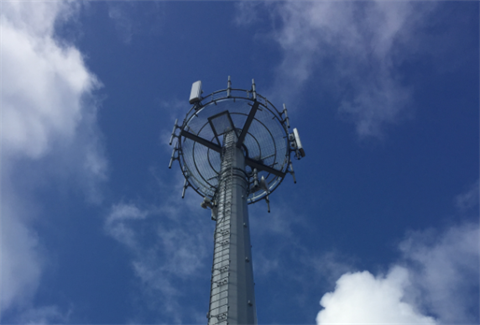Community Concerns with Cellphone Sites and Technologies

The Ministry of Business, Innovation and Employment (MBIE) has written to councils to address the significant increase in the concerns raised within communities regarding cell sites and new telecommunications technologies such as '5G'.
This includes concerns ranging from involvement in resource management processes on siting of telecommunications facilities, to queries about what 5G and future cellular technologies will be able to do, plus the potential health effects of an increase in transmitters and receivers.
The Ministry of Business, Innovation and Employment (MBIE) is responsible for establishing the telecommunications regulatory environment, including setting the rules within which telecommunications companies operate. MBIE is also responsible for making frequency bands available for new uses, including bands for the 5G network.
MBIE acknowledge the vital role that local government plays in administering, managing, monitoring and enforcing the Resource Management Act 1991 (RMA). National Environmental Standards (NES) have been developed to ensure a consistent standard for an activity or resource, providing rules that balance the needs of the various parties involved. Councils must put NES into practice through their plans, and then enforce them.
The Resource Management (National Environmental Standards for Telecommunications Facilities) Regulations 2016 (NESTF 2016) enables network operators to install low impact telecommunications infrastructure without the need to apply for resource consent, provided that they meet specified conditions around size, location and noise. It also sets a national standard for radiofrequency exposure for all telecommunications infrastructure, which is in line with best international advice.
The New Zealand exposure standard, NZS 2772.1154, is designed to limit public exposures to levels at least 50 times below those at which harm might occur. These limits protect people of all ages, including children. NZS 2772.1's limits are recommended by the International Commission on Non-Ionizing Radiation Protection (lCNlRP), which the World Health Organisation (WHO) recognises for its independence and expertise in this area. Compliance with the limits is mandated under the NESTF 2016.
The Ministry of Health advises that the New Zealand standard is based on the best available international advice and the Ministry of Health regularly reviews lCNlRP's advice. 154 NZS 2772.1:1999 Radiofrequency fields - Maximum exposure levels - 3kHz to 300 GHz. We are advised that exposures from 5G transmitters will be similar to those from the current technologies.
However, if there is high demand in a particular area, more sites will be installed. Because each site will be serving a smaller area, they will operate at lower power which will have the effect of lowering exposures.
MBIE encourage all local authorities to let their local communities know about how they interact with network operators about identifying sites for cell sites, how they enforce the provisions of NESTF, and how communities can access information about cell sites.